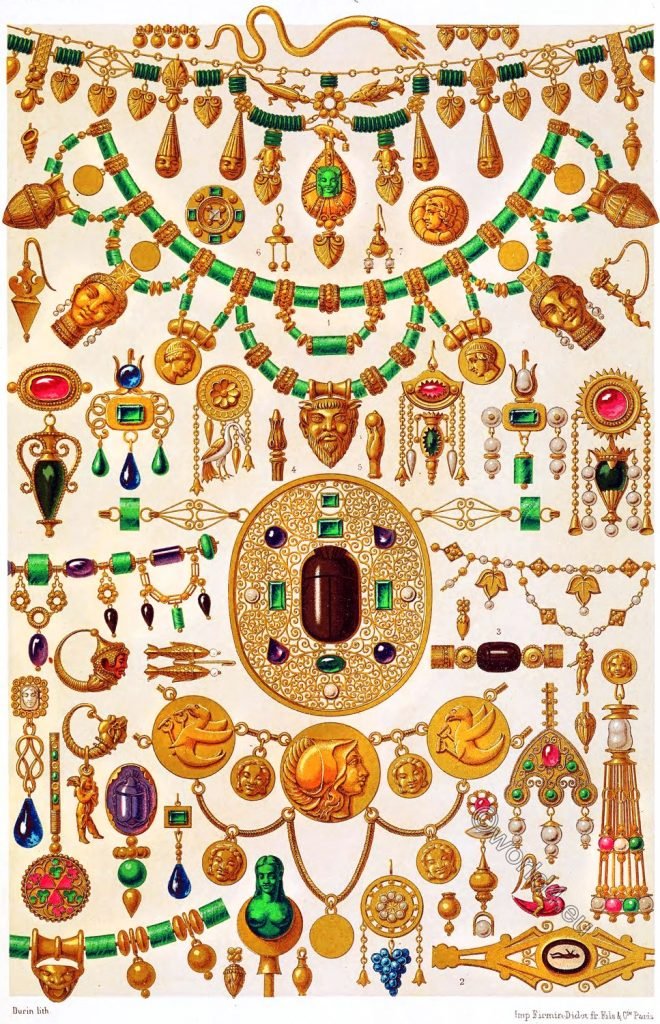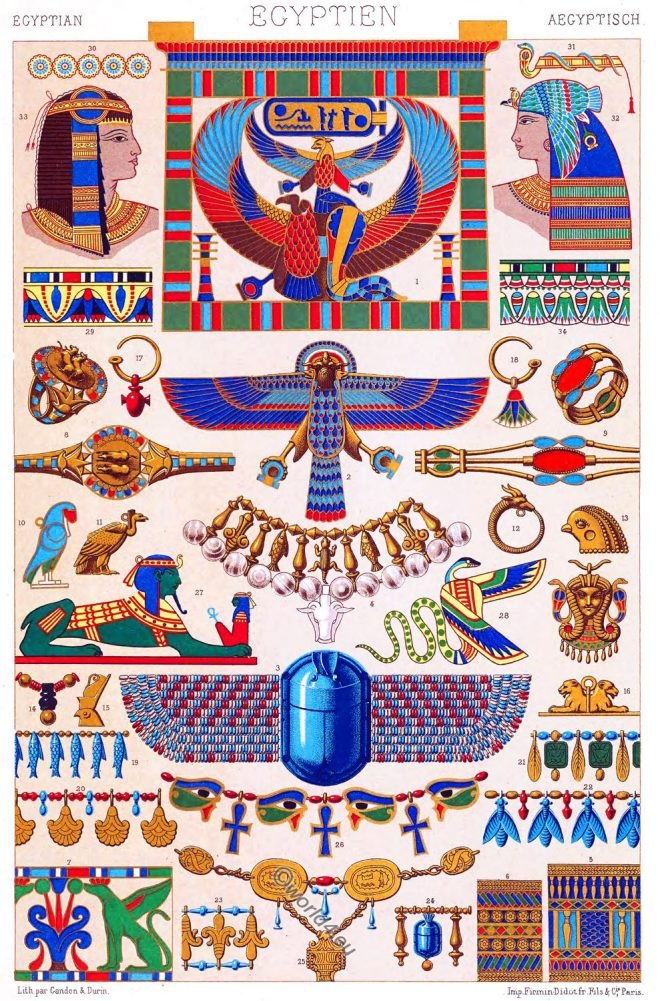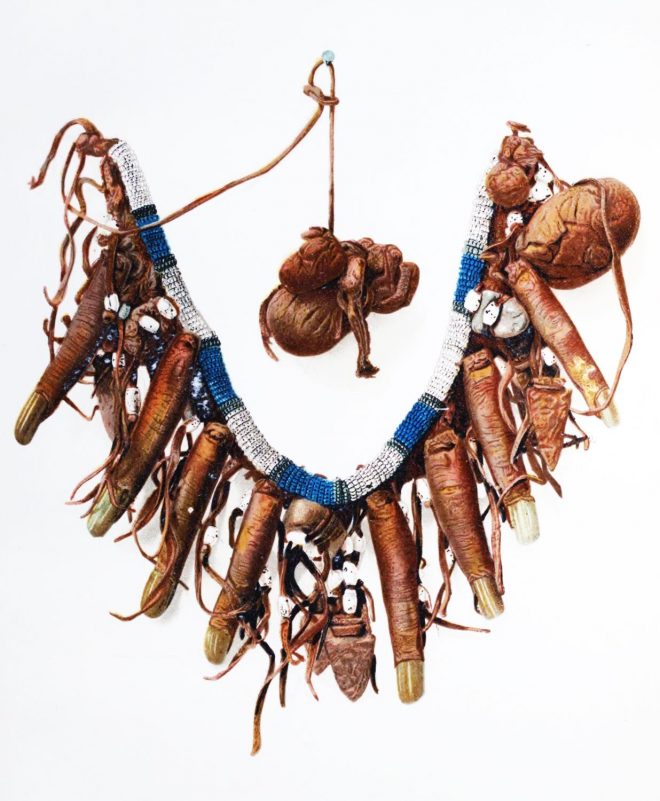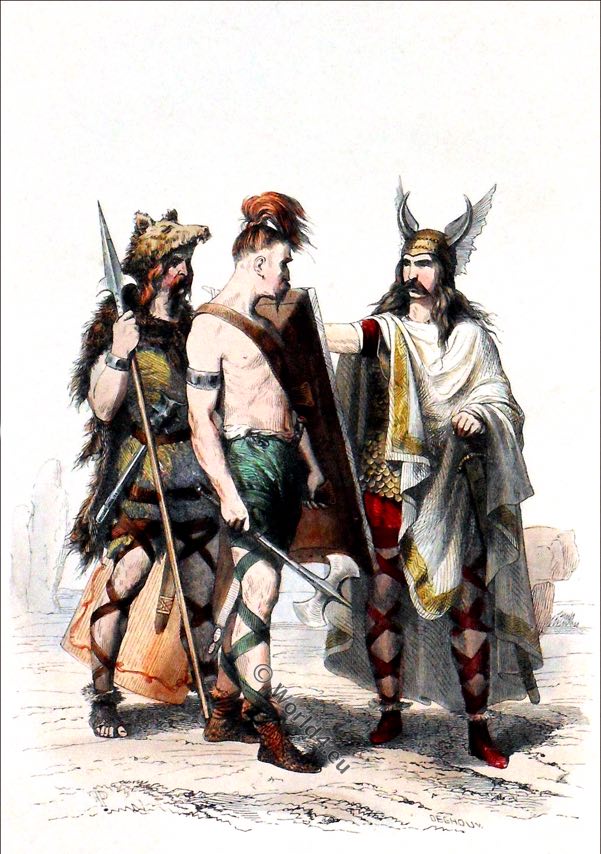The most ancient specimen of what to all appearance is a true enamelled work is the ring of Athelwulf, the father of Alfred, preserved in the British Museum, and engraved on the accompanying plate.
Tag: Jewelry
Etruscan Art. Jewels. Polychromatic ornament by Auguste Racinet.
Civilization of ancient Italy. The Etruscans, also obsolete Etrurians, were an ancient people in Etruria who lived in the northern central Italy in the area of today’s regions Tuscany, Umbria and Lazio and called themselves Rasenna according to Dionysios of Halikarnassos.
Antique Peasant Jewellery from Jaipur, Rajasthan.
Antique Jewellery from the Jaipur Museum in Rajasthan. Charms, Necklace, Anklet worn by Young Children, Girls, Women and Men. Foot Ornament worn by Women from Gujarat.
Egyptian Art. Jewelry. Amulets, statuettes of the gods, jewels, papyri.
Most of those perfect specimens of Egyptian jewelry which are so invaluable to those in ornamental work have been obtained from the abodes of the dead.
Women and children costume from 1470.
Women and children costume from 1470.
Embroideries and decorative objects of the Breton peasants.
Brittany. Traditional Jewellery. Embroidery of the chupen; the gouriz, the corquen. Antique bronze fibulae.
Celtic relics, ornaments of gold and bronze. Spears, knives, and swords.
Celtic relics, ornaments of gold and bronze. Spears, knives, and swords. Necklaces, pins of bronze, and ivory bracelets.
Necklace of Human Fingers. Cheyenne Medicine Man.
The fingers were those of famous enemies, noted for their superior courage and bravery, whom the Cheyennes had killed in battle during their various wars.
Berber woman from Algeria, c. 1900.
Algeria. Berber woman. Photo: Jean Geiser 1902. Berbers are mainly found in present-day Morocco and Algeria
Frankish Merovingian costume history 4th and 5th century.
The Nobility. State Costume — Men 6th, 7th and 8th Centuries. Goldsmiths’ Work. Costume of the Middle Classes Men. Lower Classes. The Glove. Costume of the Nobility Women. Jewellery of the Franks.










